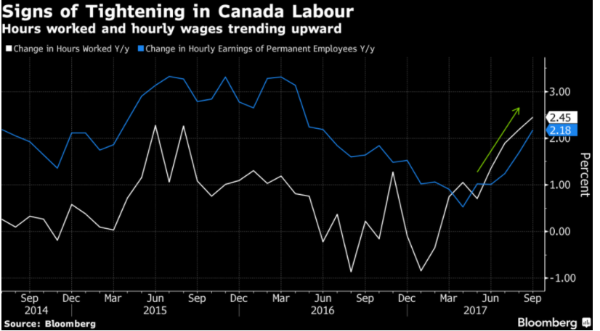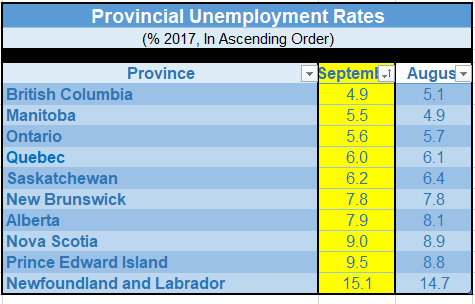
Your credit history is an important component of the mortgage application process. It provides the lender with a snapshot of how well you service your debt and uses many different factors to determine an overall score. Below are three tips for building a healthy credit.
1. A Healthy Credit Balance
Always reaching your credit limit can become dangerous if you are not in the position to pay down the debt immediately. Going as high as 50% of the available credit limit is more than ok. However, constantly reaching or exceeding your limit without paying it down tells other lenders that you are potentially abusing your available credit and/or are unable to pay down your debts. In addition to this, If you cannot pay it off quickly, you run the risk of exceeding your limit with interest charges.
Instead, a solution to building a healthy credit is to diversify your debt load by having more than one card. Diversifying your debt load and making minimum payments demonstrates that you are able to service more than one debt obligation and decreases your debt utilization which positively contributes to the overall status of your credit score. With this in mind, it is highly recommended that you avoid spending beyond your means and only spend what you currently have.
2. Making Minimum Payments
Missing minimum payments on your credit card(s) can severely harm your credit score over time. It tells the lender that you are unable to service your current debt load and makes you more susceptible to higher interest rates because you are considered to be a higher risk. Most people do not realize this until they are looking to be approved for a larger loan such as a mortgage.
To avoid missing them, we recommend automating your minimum payments through your bank. Most lenders offer a feature to transfer funds from your account on a set date each month to pay a bill. You can set this up at your local branch or online. If you have a set amount that you put on your card each month, you can calculate your minimum payment (or more) and automate it through your bank. You can then tackle your debt when you choose while building your credit.
3. Creating a Payment Plan
If you are trying to pay down additional and heavier debt obligations, such as a PLC (Personal Line of Credit) or maxed credit cards, creating a prepayment plan for yourself would be a great option. Organize your debts by outlining what you owe and making sure payments are up to date. You can then tackle debts that have higher interest rates and require your immediate attention.
Another option can also be to consolidate other debts with your mortgage. With consolidation, you are adding your additional debt to your mortgage freeing up the additional available credit. The prepayment privileges outlined in your mortgage agreement will offer the ability to make additional payments on the entire mortgage which now contains your additional debt. Moreover, the interest rate on a mortgage (secured debt) is lower than unsecured debt such as credit cards are personal lines of credit. This can make a significant difference in how much money you are contributing to actually paying down your principal debt.
If you have any further questions or concerns regarding a mortgage for your home or the contents of this article, feel free to contact me by phone or email. I would be more than happy to assist you!

